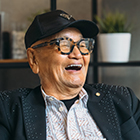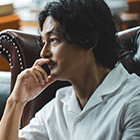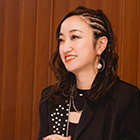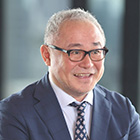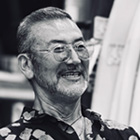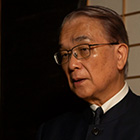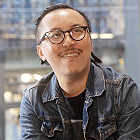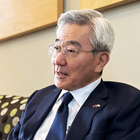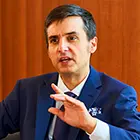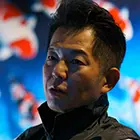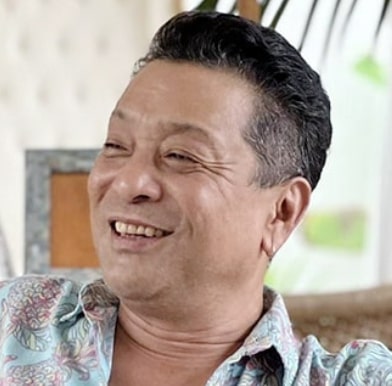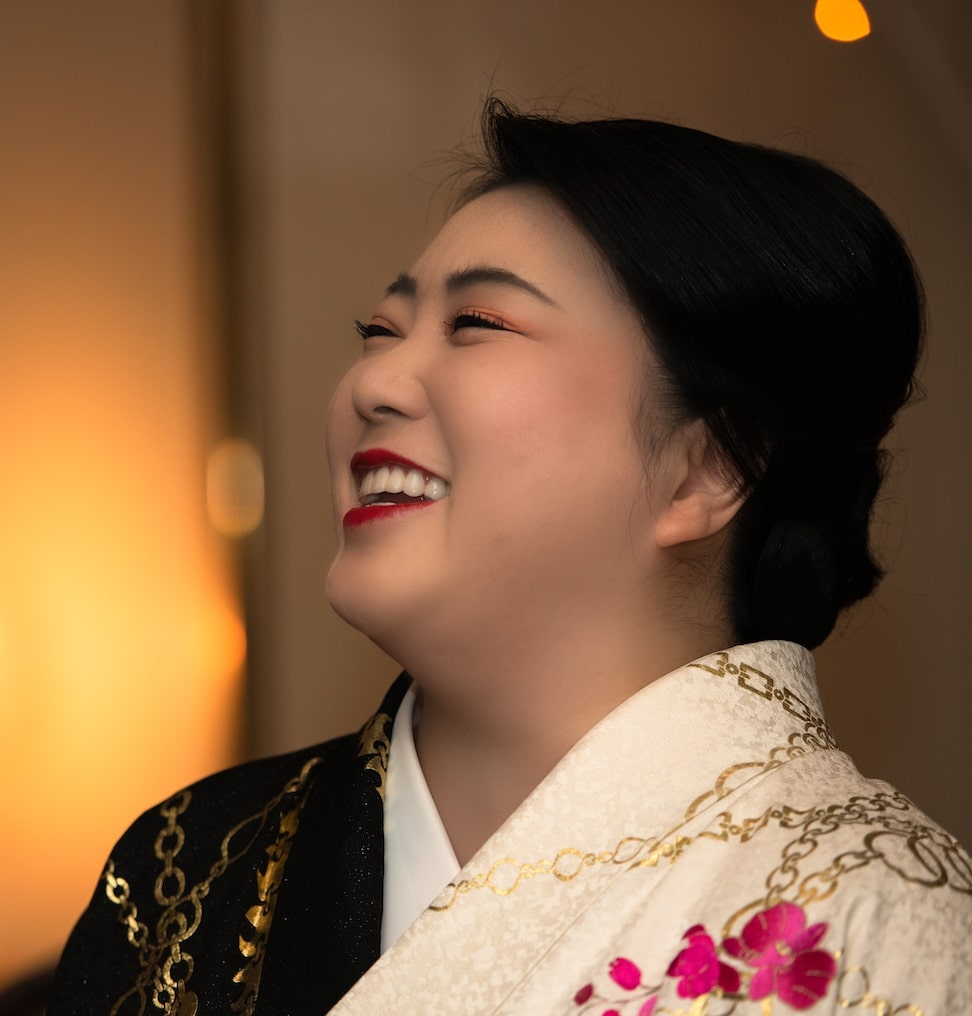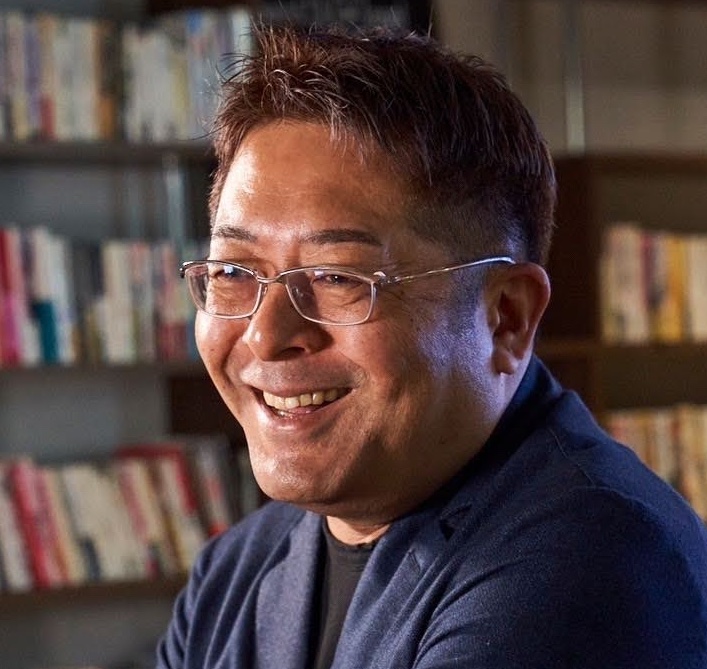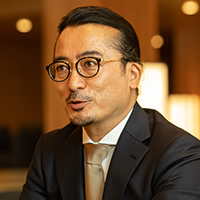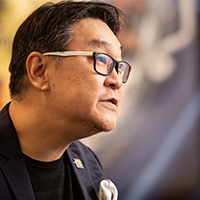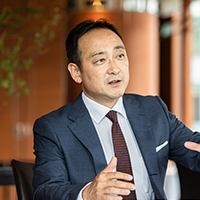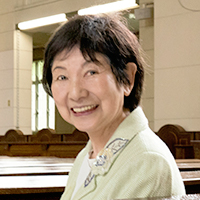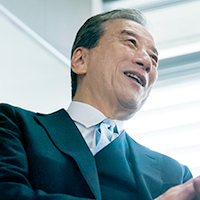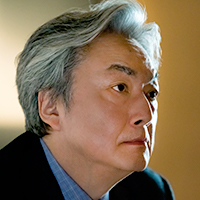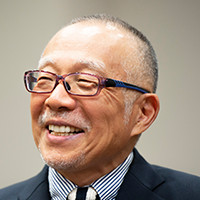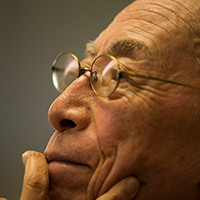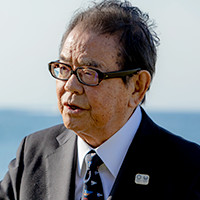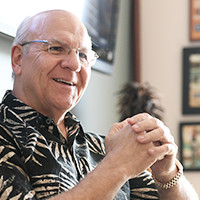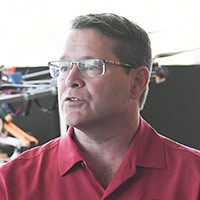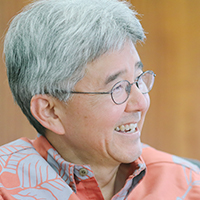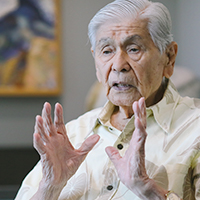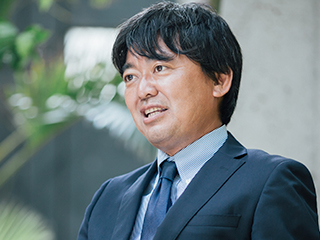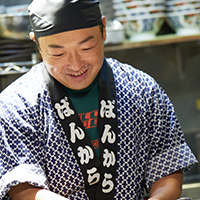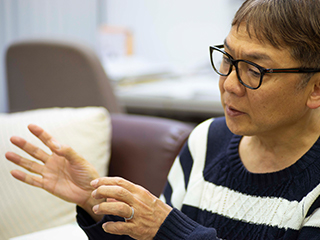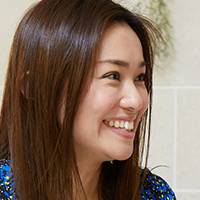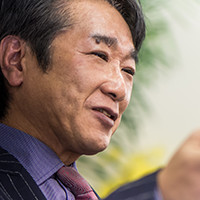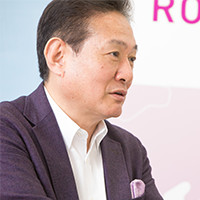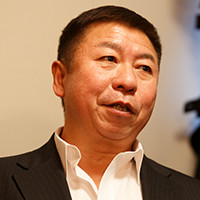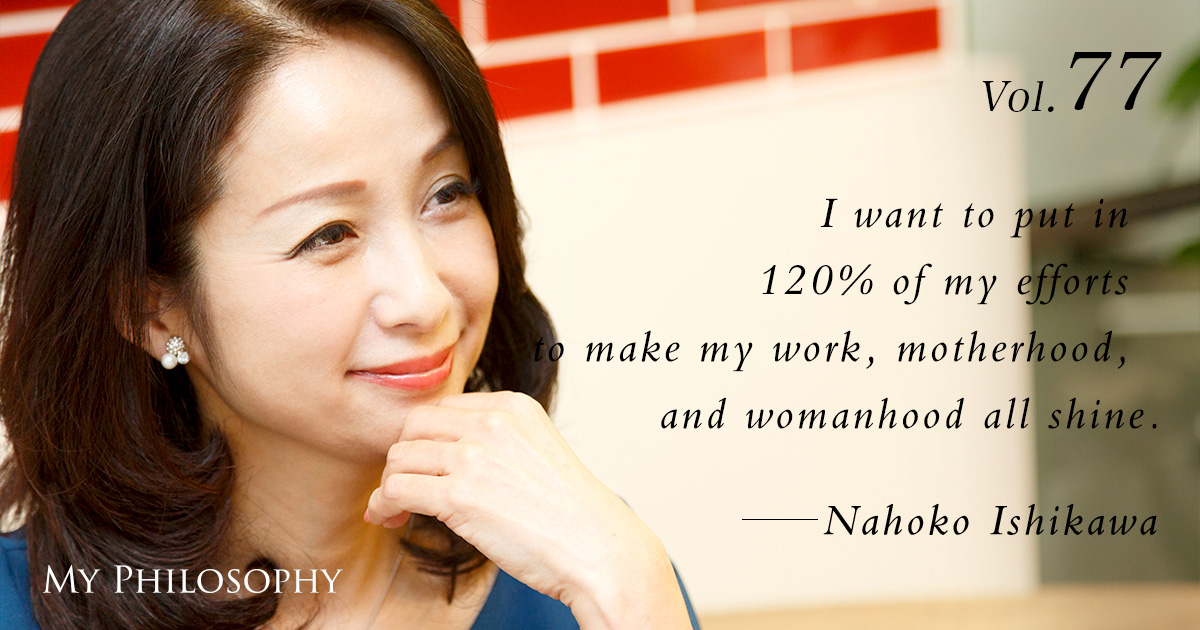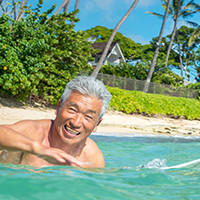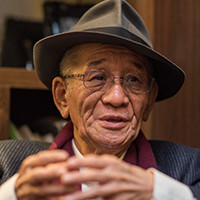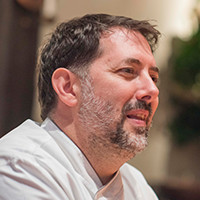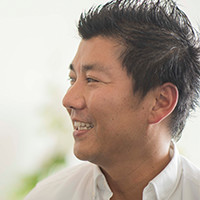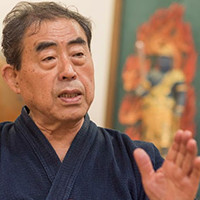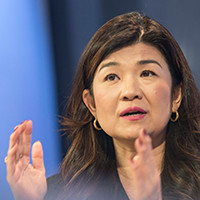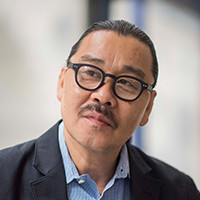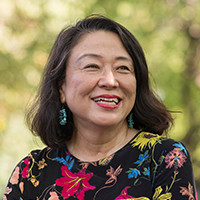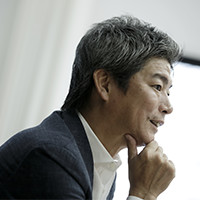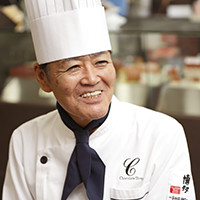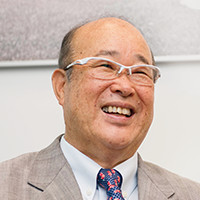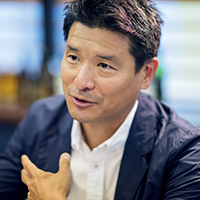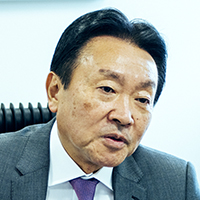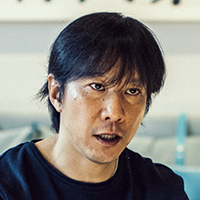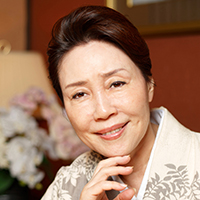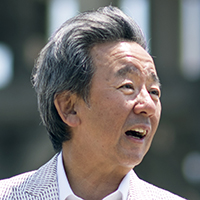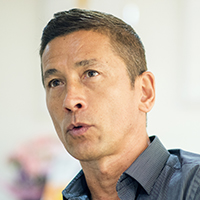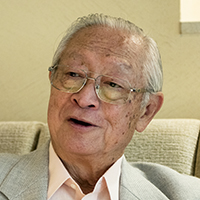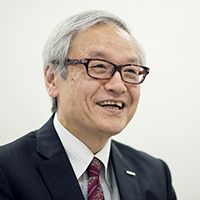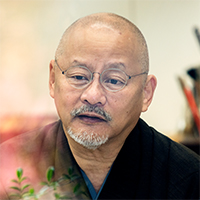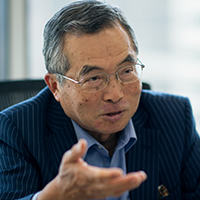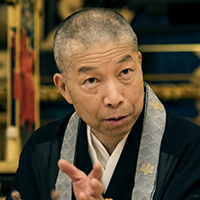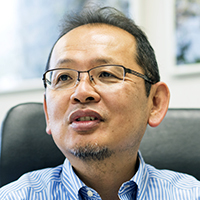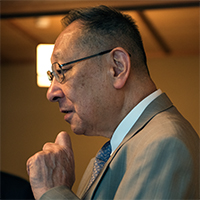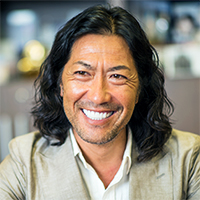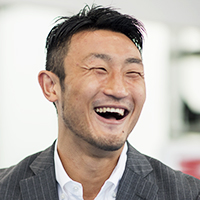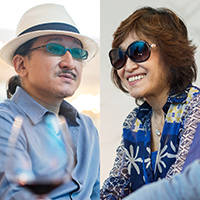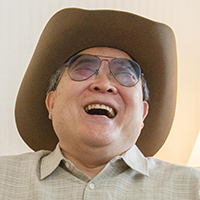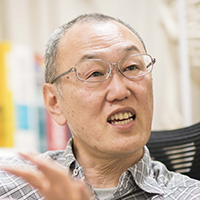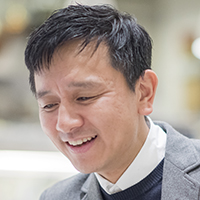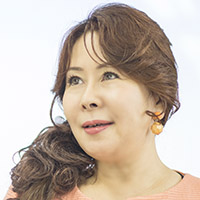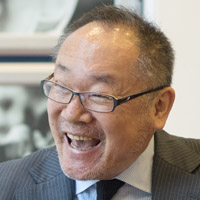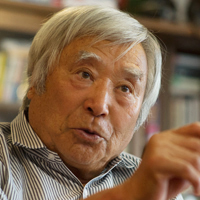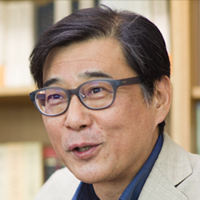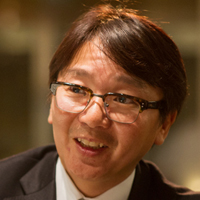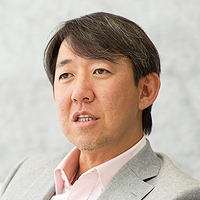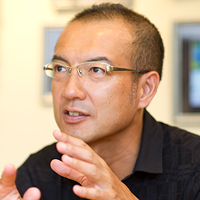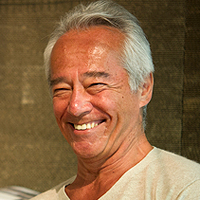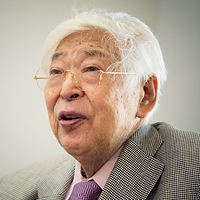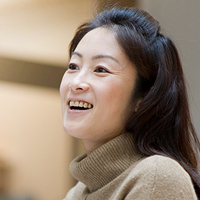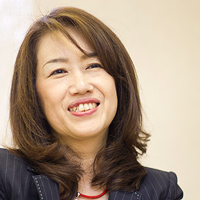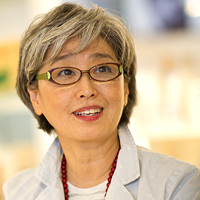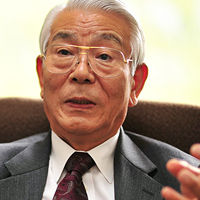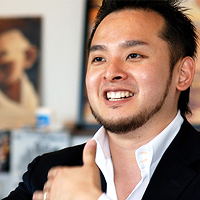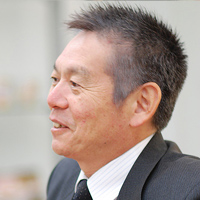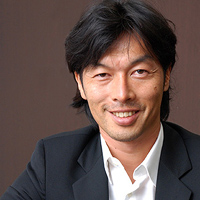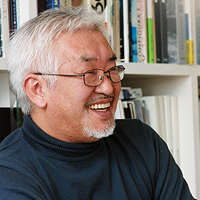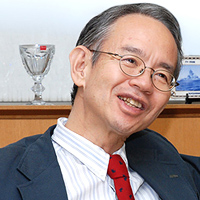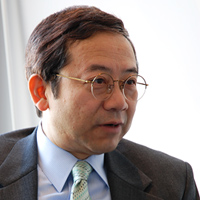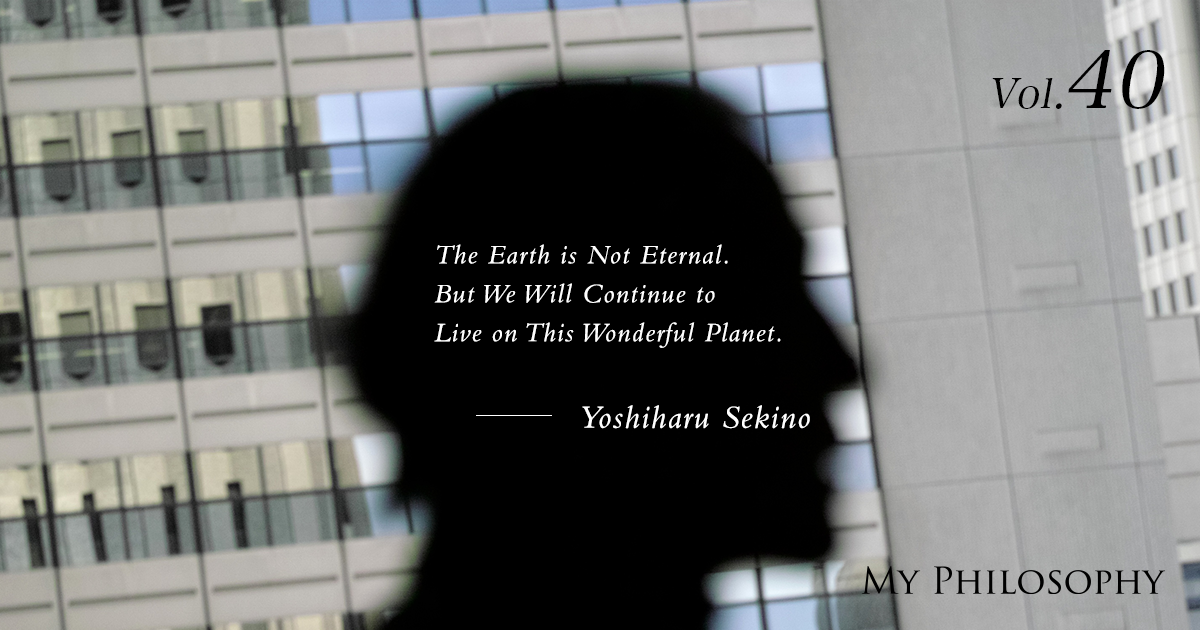
Yoshiharu Sekino, who completed the "Great Journey," a voyage tracing the footsteps of humanity that spread across the globe after the birth of our planet. From his stories, we gain insight into the ideal state of humanity and the actions we should take.
Profile
Vol.40 Yoshiharu Sekino
Explorer | Anthropologist | Professor at Musashino Art University
Born in Tokyo in 1949, Yoshiharu Sekino received a B.A. in law from Hitotsubashi University and an M.D. from Yokohama City University School of Medicine. While at Hitotsubashi University, he founded the university's Exploration Club and, in 1971, led an expedition down the entire length of the Amazon River as the chief of the Amazon Basin Survey. Over the next 25 years, he made more than 32 trips to South America.
In 1993, Sekino embarked on the "Great Journey," a 53,000-kilometer expedition tracing the spread of humanity from its origins in Africa through the Eurasian continent to the Americas. From July 2004, he began the "New Great Journey: People Who Came to the Japanese Archipelago," completing the "Northern Route" via Siberia, the "Southern Route" from the Himalayas through Indochina and Tsushima from the Korean Peninsula, and the "Sea Route" from Sulawesi Island in Indonesia to Ishigaki Island, which he completed on June 13, 2011.
In 1999, he received the Naoki Uemura Adventure Award (sponsored by Hidaka Town, Hyogo Prefecture). In 2000, he was awarded the Travel Culture Award (Institute for the Culture of Travel).
His notable works include "Great Journey: Humanity's 50,000-Kilometer Journey (Great Journey Jinrui Goman Kiro no Tabi)" (Kadokawa Bunko), "Earth Story: A Family in the Tropical Forest (Chikyu Monogatari Nettai no Mori no Kazoku)" (Holp Shuppan Publications), and "Sea Great Journey and the Youths: A 4,700-Kilometer Journey of Awareness、(Umi no Great Journey to Wakamono tachi 4700 kiro no Kizuki no Tabi) " (Musashino Art University Press), among many others.
Official Website
*Titles and affiliations are as of the time of the interview (February 2016).
The Important Thing is the Ability to Notice through Your Own Eyes
 Currently, I am teaching at Musashino Art University, and what I have noticed since coming here is that artists and designers have remarkable observational skills. When I take photographs, I look at the whole scene and do not remember the fine details accurately. However, when it comes to drawing, you need to observe everything meticulously and have it in your mind to be able to draw it. This requires observational skills, in other words, the ability to notice. It seems to me that recent students lack this “ability to notice.” They cannot observe, notice, or create their own questions. Up until high school, questions and answers are in textbooks. The teachers know the correct answers, and students study to match their answers to those correct ones. However, university is originally a place where you find your own questions and solve them. Sometimes there are no answers to these questions. It’s fine if there aren’t. The important thing is the process of solving them. There are many ways to approach the process, and there can be various answers. That is perfectly acceptable.
Students today do not travel abroad as much. My first trip to the Amazon in Peru was a very idyllic journey. When I walked alone, children would come up to me, competing to have me stay at their homes. From the perspective of people in developing countries, Japan is a wealthy nation. Young people today are wary because they know they are seen as walking around with safes on their backs. It’s understandable, but since we live in an era of freedom to travel abroad, I hope they can experience many idyllic journeys, observing with their own eyes, feeling, and thinking.
Currently, I am teaching at Musashino Art University, and what I have noticed since coming here is that artists and designers have remarkable observational skills. When I take photographs, I look at the whole scene and do not remember the fine details accurately. However, when it comes to drawing, you need to observe everything meticulously and have it in your mind to be able to draw it. This requires observational skills, in other words, the ability to notice. It seems to me that recent students lack this “ability to notice.” They cannot observe, notice, or create their own questions. Up until high school, questions and answers are in textbooks. The teachers know the correct answers, and students study to match their answers to those correct ones. However, university is originally a place where you find your own questions and solve them. Sometimes there are no answers to these questions. It’s fine if there aren’t. The important thing is the process of solving them. There are many ways to approach the process, and there can be various answers. That is perfectly acceptable.
Students today do not travel abroad as much. My first trip to the Amazon in Peru was a very idyllic journey. When I walked alone, children would come up to me, competing to have me stay at their homes. From the perspective of people in developing countries, Japan is a wealthy nation. Young people today are wary because they know they are seen as walking around with safes on their backs. It’s understandable, but since we live in an era of freedom to travel abroad, I hope they can experience many idyllic journeys, observing with their own eyes, feeling, and thinking.
Sharing What You Have in Excess is Only Natural
 During my high school years, I couldn’t find what I wanted to do in the future. I thought that if I threw myself into a place with completely different nature and culture, I might discover a different side of myself and be able to change. However, at that time, I was still dependent on my parents, and it was a difficult era to travel overseas. So, I decided that once I entered university, I would pursue what I loved, even if it meant being disowned. I chose the Amazon because it was a place where entirely different cultures and natural environments remained.
In the Amazon, which is a tropical region, hunted and gathered food can only be preserved for about a week even if smoked. Bananas and tubers and roots also need to be consumed within about a week after harvesting or they will spoil. In other words, they do not hoard things. The inability to hoard means that no one is burdened with excess. It is unimaginable for someone who is well-fed to have a starving child in front of them. In their society, it is only natural for those who have excess to give to those who do not need it. Marxists say that there was a primitive communist society that gradually changed over time, but I believe there was no such thing as primitive communism. The reason is that in the Amazon, there is individual ownership of wild trees, as in “this tree is mine.” However, there is no ownership of land. Like the American Indians, they believe that the land is owned by something greater and invisible, and they are merely allowed to use it.
During my high school years, I couldn’t find what I wanted to do in the future. I thought that if I threw myself into a place with completely different nature and culture, I might discover a different side of myself and be able to change. However, at that time, I was still dependent on my parents, and it was a difficult era to travel overseas. So, I decided that once I entered university, I would pursue what I loved, even if it meant being disowned. I chose the Amazon because it was a place where entirely different cultures and natural environments remained.
In the Amazon, which is a tropical region, hunted and gathered food can only be preserved for about a week even if smoked. Bananas and tubers and roots also need to be consumed within about a week after harvesting or they will spoil. In other words, they do not hoard things. The inability to hoard means that no one is burdened with excess. It is unimaginable for someone who is well-fed to have a starving child in front of them. In their society, it is only natural for those who have excess to give to those who do not need it. Marxists say that there was a primitive communist society that gradually changed over time, but I believe there was no such thing as primitive communism. The reason is that in the Amazon, there is individual ownership of wild trees, as in “this tree is mine.” However, there is no ownership of land. Like the American Indians, they believe that the land is owned by something greater and invisible, and they are merely allowed to use it.
Humanity Created Families Because of Their Weakness
 We humans have lived by leveraging our weaknesses. We can’t win a fight against chimpanzees, right? They have fangs, and their grip strength is around 300 kilograms. In comparison, even the strongest sumo wrestler, Hakuho, has a grip strength of only about 100 kilograms. For gorillas, it’s 500 kilograms. Therefore, I believe humans were driven out of the forest. We lack grip strength, fangs, and fur. Our thin skin lacks scales and we have no poison. Standing on two legs made us less agile. But because we were weak, we stood on two legs and created families. I think standing on two legs and forming families are the greatest inventions in the 7 million-year history of humanity. And having both hands free was significant. While monkeys and chimpanzees can use stones to crack hard nuts, human hands made tools, created more sophisticated tools, and even made weapons.
There were two lineages of bipedal, family-forming humans. One lineage was frail, while the other had robust jaws. So, which one survived? Normally, you’d think the one with the robust jaws would survive. However, it was the frail lineage that actually survived. This was because they compensated for their weakness with ingenuity. Humanity left Africa 60,000 years ago. People often ask why humans left Africa and spread across the world. In my opinion, it was curiosity—wondering what was beyond that mountain. It was the desire to find more game or more fruit beyond the mountains. This combination of curiosity and aspiration led to humanity’s spread. Bipedal walking is not suited for short sprints against pumas, but it is good for walking long distances slowly. I think this is also a reason why humans dispersed around the world.
We humans have lived by leveraging our weaknesses. We can’t win a fight against chimpanzees, right? They have fangs, and their grip strength is around 300 kilograms. In comparison, even the strongest sumo wrestler, Hakuho, has a grip strength of only about 100 kilograms. For gorillas, it’s 500 kilograms. Therefore, I believe humans were driven out of the forest. We lack grip strength, fangs, and fur. Our thin skin lacks scales and we have no poison. Standing on two legs made us less agile. But because we were weak, we stood on two legs and created families. I think standing on two legs and forming families are the greatest inventions in the 7 million-year history of humanity. And having both hands free was significant. While monkeys and chimpanzees can use stones to crack hard nuts, human hands made tools, created more sophisticated tools, and even made weapons.
There were two lineages of bipedal, family-forming humans. One lineage was frail, while the other had robust jaws. So, which one survived? Normally, you’d think the one with the robust jaws would survive. However, it was the frail lineage that actually survived. This was because they compensated for their weakness with ingenuity. Humanity left Africa 60,000 years ago. People often ask why humans left Africa and spread across the world. In my opinion, it was curiosity—wondering what was beyond that mountain. It was the desire to find more game or more fruit beyond the mountains. This combination of curiosity and aspiration led to humanity’s spread. Bipedal walking is not suited for short sprints against pumas, but it is good for walking long distances slowly. I think this is also a reason why humans dispersed around the world.
The Origins of Humanity and Earth
 The Great Journey, in a broad sense, refers to the migration and dispersion of humanity, the widespread movement across the world. The migration of weak humans wasn’t travel; it was immigration. In the Meiji era, the eldest son of a farming family could inherit land, but the second and third sons had to work under the eldest, find work in factories, or go abroad. The immigrants who went to Manchuria, Hawaii, and South America from Japan were all non-firstborn sons. After the war, people started coming to Japan from other countries. They came to send money back to their families, save money to build homes, or start businesses—they were economically weak people. The wealthy, strong people came to Japan as tourists, shopped a lot, and then returned home. In this sense, it is the weak who migrate as immigrants.
Japan, situated on the archipelago, couldn’t move further east. Therefore, it is believed that the weaker people, pressured in China and Siberia, gathered in Japan. Similarly, in Europe, the same situation applied to Britain, which couldn’t move further west. Pioneers often built new cultures and sometimes became stronger than those who had pressured them in military or economic terms. Japan and Britain are typical examples of this. Regardless of whether it was good or bad, Japan attempted to dominate Asia, and Britain sought to conquer the world. This demonstrates that the weak do not remain weak forever.
The human species has an expiration date and will eventually perish. The Earth too will explode and disappear someday. Nothing is eternal. But rather than planning to migrate to another planet, we should continue living on this wonderful Earth. The subtitle of the Great Journey is “A Story to Continue Living on This Planet.”
The Great Journey, in a broad sense, refers to the migration and dispersion of humanity, the widespread movement across the world. The migration of weak humans wasn’t travel; it was immigration. In the Meiji era, the eldest son of a farming family could inherit land, but the second and third sons had to work under the eldest, find work in factories, or go abroad. The immigrants who went to Manchuria, Hawaii, and South America from Japan were all non-firstborn sons. After the war, people started coming to Japan from other countries. They came to send money back to their families, save money to build homes, or start businesses—they were economically weak people. The wealthy, strong people came to Japan as tourists, shopped a lot, and then returned home. In this sense, it is the weak who migrate as immigrants.
Japan, situated on the archipelago, couldn’t move further east. Therefore, it is believed that the weaker people, pressured in China and Siberia, gathered in Japan. Similarly, in Europe, the same situation applied to Britain, which couldn’t move further west. Pioneers often built new cultures and sometimes became stronger than those who had pressured them in military or economic terms. Japan and Britain are typical examples of this. Regardless of whether it was good or bad, Japan attempted to dominate Asia, and Britain sought to conquer the world. This demonstrates that the weak do not remain weak forever.
The human species has an expiration date and will eventually perish. The Earth too will explode and disappear someday. Nothing is eternal. But rather than planning to migrate to another planet, we should continue living on this wonderful Earth. The subtitle of the Great Journey is “A Story to Continue Living on This Planet.”
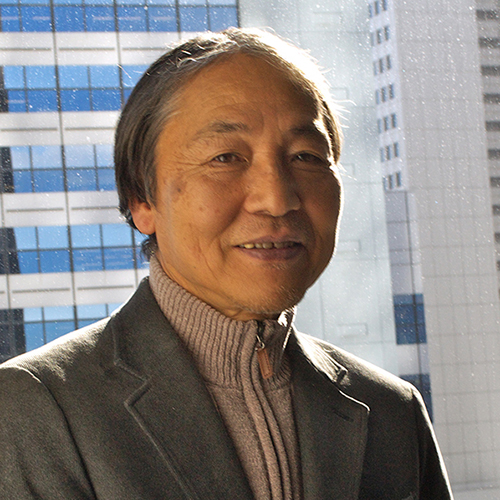 When I first met him, what struck me was his cleanliness and good posture. After talking to him, I quickly realized that he was an energetic and active young man, even more so than his appearance suggested. Nowadays, people tend to focus on immediate concerns and evaluate others in a short period. This leads young people to fear failure and avoid trying experimental or new things, aiming instead to act without mistakes. This stagnates society. In this context, the emergence of young people like DK Sugiyama, who encourage challenges and action, brings hope for the future. It would be wonderful if a second and third DK Sugiyama appeared, and even more so if young people surpassed him, leading to a better society.
When I first met him, what struck me was his cleanliness and good posture. After talking to him, I quickly realized that he was an energetic and active young man, even more so than his appearance suggested. Nowadays, people tend to focus on immediate concerns and evaluate others in a short period. This leads young people to fear failure and avoid trying experimental or new things, aiming instead to act without mistakes. This stagnates society. In this context, the emergence of young people like DK Sugiyama, who encourage challenges and action, brings hope for the future. It would be wonderful if a second and third DK Sugiyama appeared, and even more so if young people surpassed him, leading to a better society.
Explorer Yoshiharu Sekino
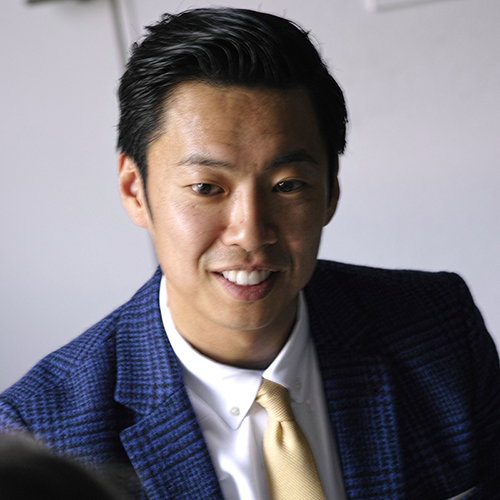 During the interview, Professor Sekino’s expressions resembled those of a Native American, and his method of conveying information through gestures was akin to communicating with people in the Amazon. Observing his very gentle demeanor, I felt that as one ages, their life experiences become evident on their face.
Professor Sekino’s adventures to date can truly be described as “crazy.” While I cannot emulate his journey of retracing humanity’s footsteps with my own, I reaffirmed that the idea of “seeing with your own eyes” is a timeless necessity. As for myself, I have yet to undertake anything that could be considered crazy. This interview made me feel that I need to start taking some slightly crazy actions from now on.
During the interview, Professor Sekino’s expressions resembled those of a Native American, and his method of conveying information through gestures was akin to communicating with people in the Amazon. Observing his very gentle demeanor, I felt that as one ages, their life experiences become evident on their face.
Professor Sekino’s adventures to date can truly be described as “crazy.” While I cannot emulate his journey of retracing humanity’s footsteps with my own, I reaffirmed that the idea of “seeing with your own eyes” is a timeless necessity. As for myself, I have yet to undertake anything that could be considered crazy. This interview made me feel that I need to start taking some slightly crazy actions from now on.
February 2016, at Musashino Art University Shinjuku Satellite Campus. Translated by ILI Inc.









